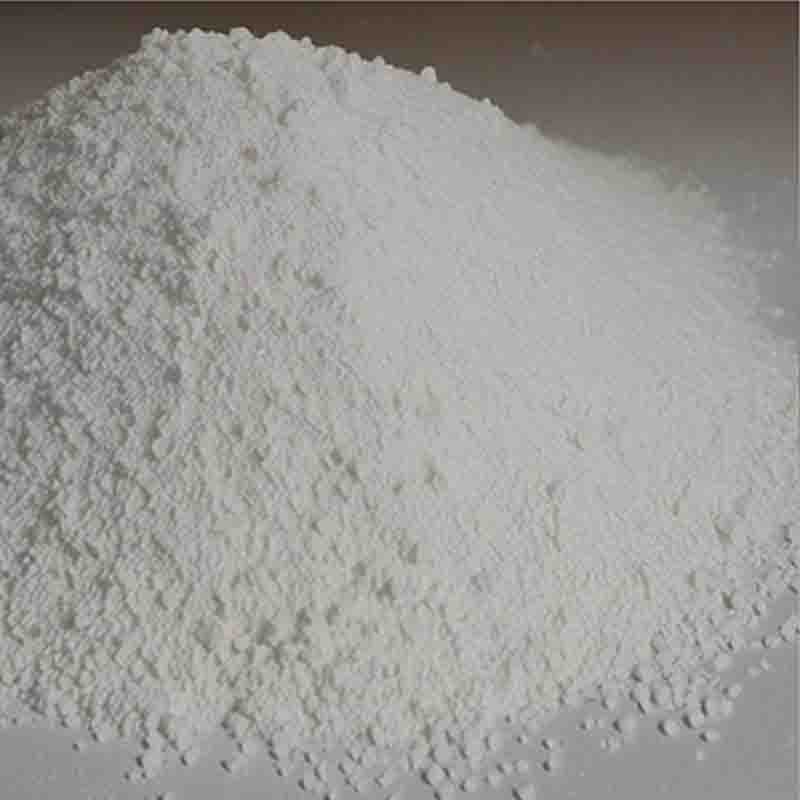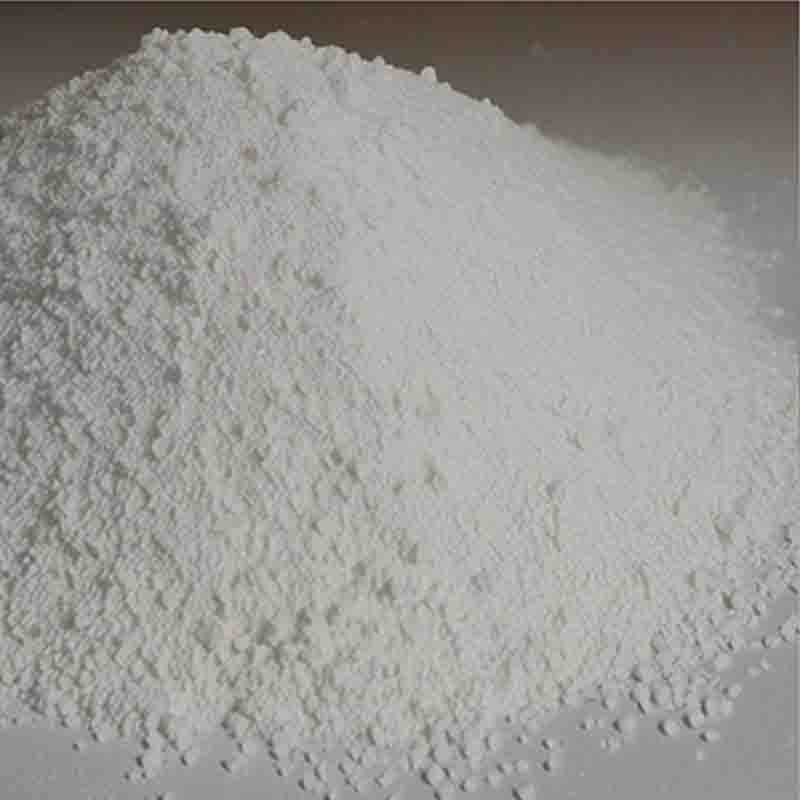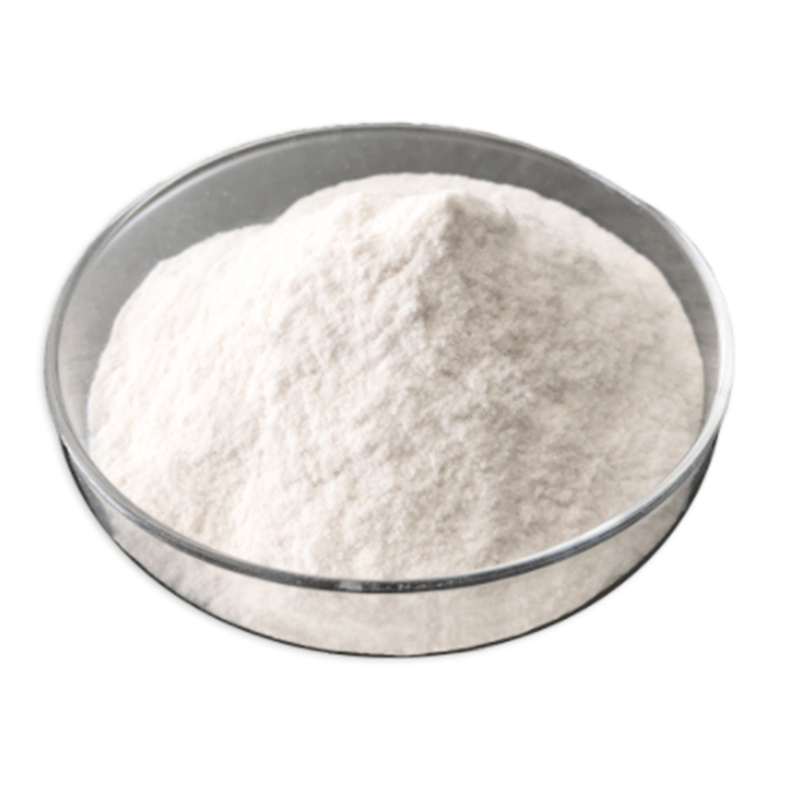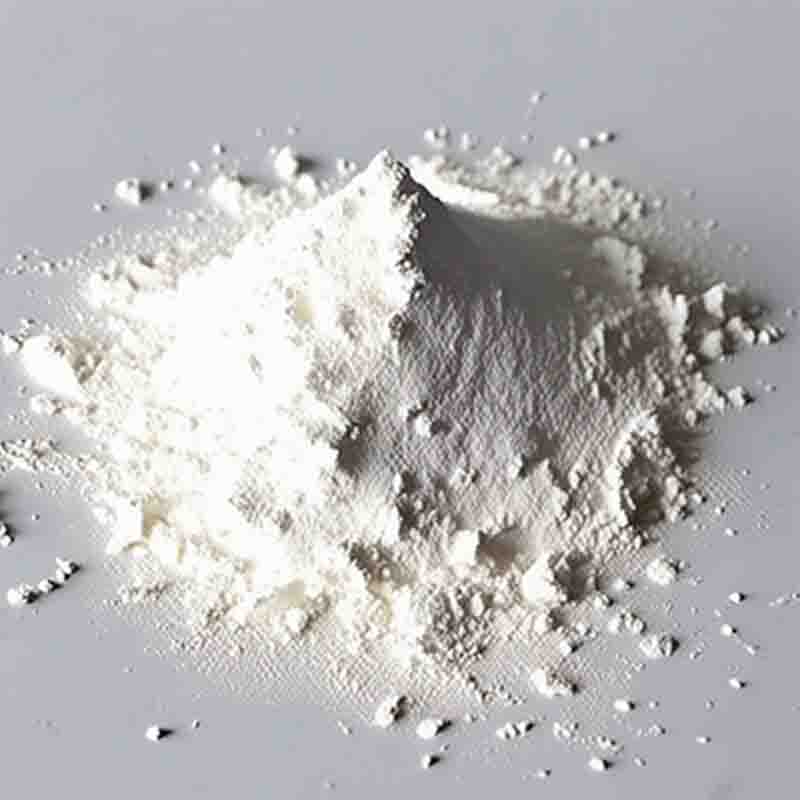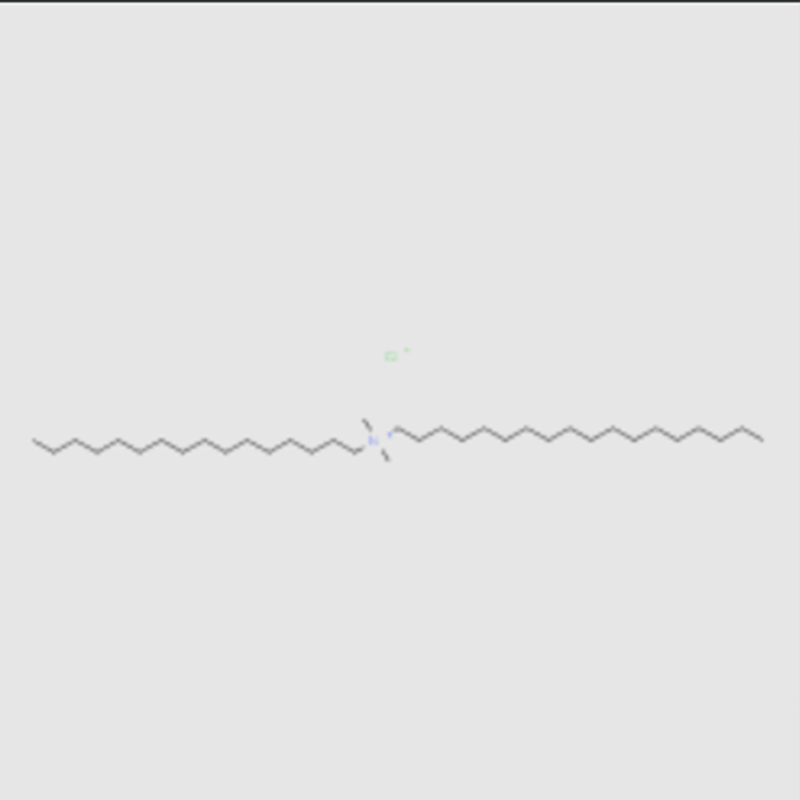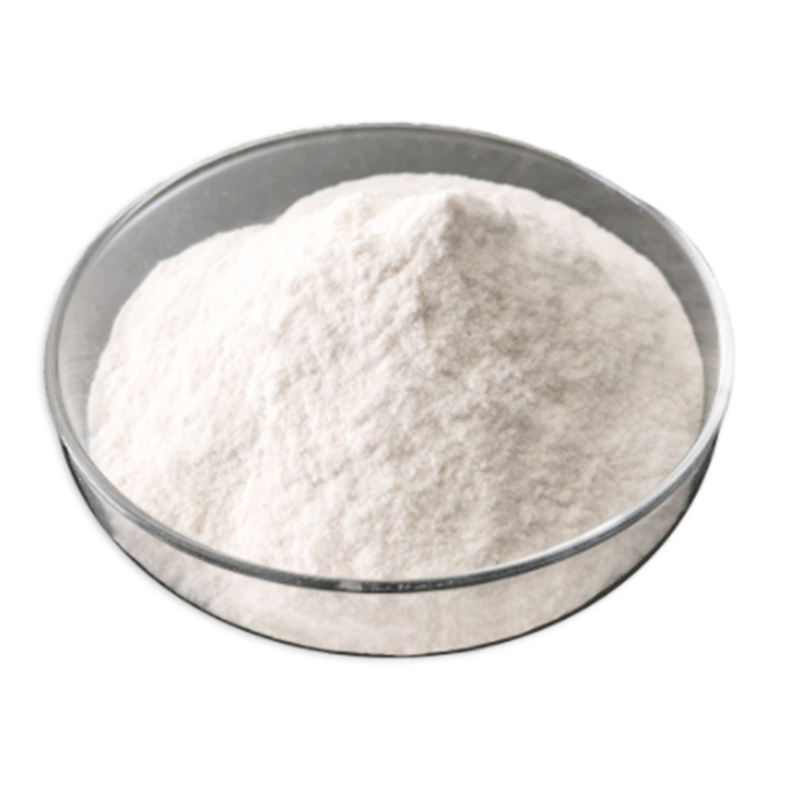Phthalicacid CAS:88-99-3
| Catalog Number | XD94556 |
| Product Name | Phthalicacid |
| CAS | 88-99-3 |
| Molecular Formula | C8H6O4 |
| Molecular Weight | 166.13 |
| Storage Details | Ambient |
Product Specification
| Appearance | White powder |
| Assay | 99% min |
Phthalic acid, also known as benzene-1,2-dicarboxylic acid, is an organic compound with the chemical formula C8H6O4. It is a colorless crystalline solid that is insoluble in water but soluble in organic solvents. Phthalic acid has various industrial applications and is primarily used as a chemical intermediate in the production of plasticizers, dyes, and pharmaceuticals.One of the main uses of phthalic acid is in the production of phthalate esters, which are widely used as plasticizers in the production of flexible polyvinyl chloride (PVC) products. Phthalate esters improve the flexibility and durability of PVC materials. However, concerns have been raised about the potential health effects of phthalate esters, as some studies have linked their use to adverse effects on reproductive and developmental health. These concerns have led to the regulation and substitution of certain phthalate esters.Phthalic acid is also used in the production of dyes and pigments, where it serves as a starting material for the synthesis of various colorants. Additionally, it is utilized in the manufacturing of pharmaceuticals, notably in the production of certain antihistamines, sedatives, and antimicrobial agents.From a health perspective, phthalic acid itself is generally considered to have low toxicity. It has a low potential for acute toxicity, and dermal exposure is unlikely to cause significant harm. However, like many organic acids, it can cause irritation to the eyes, skin, and respiratory tract upon direct contact or inhalation of its vapors. It is always important to handle any chemical substance with appropriate precautions, such as wearing protective equipment and working in a well-ventilated area.In terms of environmental impact, phthalic acid is expected to have low toxicity for aquatic organisms. However, it is classified as a potentially bioaccumulative compound and can persist in the environment to some extent. Efforts are being made to minimize the release of phthalic acid and its derivatives into the environment and to develop more sustainable alternatives in the industries that rely on their use.In conclusion, phthalic acid is a versatile compound with diverse industrial applications. While it has low acute toxicity, concerns have been raised regarding the health effects of certain phthalate esters derived from phthalic acid. As with any chemical substance, it is important to handle and use phthalic acid responsibly to minimize any potential adverse effects on humans and the environment.


